Subscribe to our newsletter to find out about all the news and promotions, and automatically receive a welcome discount coupon in your email.
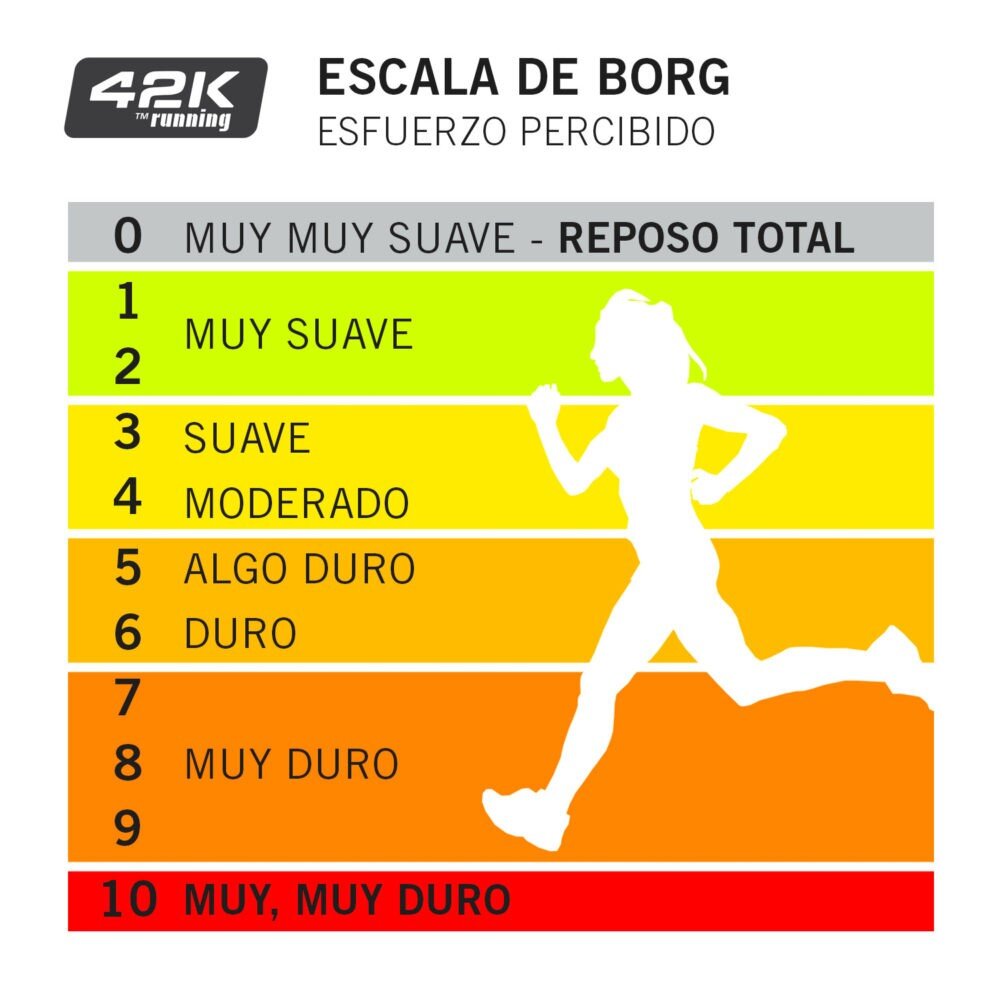
How to control your perceived exertion during training
by Paco Amoros
When you do a speed training, it is very important to measure the perceived exertion. You must consider whether you are going to be successful and your training plan is correct or, on the contrary, you are going to fail or stop practicing the sport, either due to fatigue, injury or reluctance. To do this, you have a very simple and effective tool: the borg scale.
The Borg scale
This method is used among professionals in the speed training, also known as running, since the 70s. In it, you must control the training and the level of stress and effort to which our body is subjected when exercising.
With this scale, both the intensity such as impact of the exercise being carried out and the effects it has on our body, with numerical values ranging from 1 to 10. Although, at first, the levels were measured between 0 and 20, around 1982, the scale was readjusted and was left at 10.
These are the levels of the Borg scale:
0. Very, very smooth
1. Very soft
2. Very soft
3. Soft
4. Moderate
5. Something hard
6. Hard
7.
8. Very hard
9.
10. Very, very hard
On this scale, between 0 and 2 the aerobic threshold would be measured, that is, light exercise. Between the 3rd and the 7th, the anaerobic zone, of moderate to high intensity exercise, would be measured. Between the 8th and the 10th we entered the red zone, of maximum effort.
In order for you to apply this scale, it is not necessary to be an expert, but you do need to acquire some skill, usually with time and practice. You have to know each of the scales and what they mean, and thanks to your control, you can get a lot of information.
This complements the quantitative records obtained through the different measuring devices, which are collected thanks to current technology, although the use of these is not necessary at all.

Advantages during speed training
One of the greatest advantages of this scale, apart from its ease, is that its cost is zero, and can be adapted according to the needs of each athlete.
However, it must be taken into account that there are other factors, such as your motivation, your physical and mental state. Therefore, on many occasions, apart from looking at only physical factors, we must be aware that psychology plays an important role in any sports training of Elite. In companies with extensive experience in this field, such as 42krunning, we recommend the use of this scale for a better training.
The data relating to perceived exertion obtained through Borg scale They can be used to understand the reasons for injuries or other incidents, detect if an athlete is training too much or if it is necessary to readjust the level of training. In addition, they measure accumulated fatigue, so they are, in general, a great contribution when you practice speed training.
42K · All rights reserved

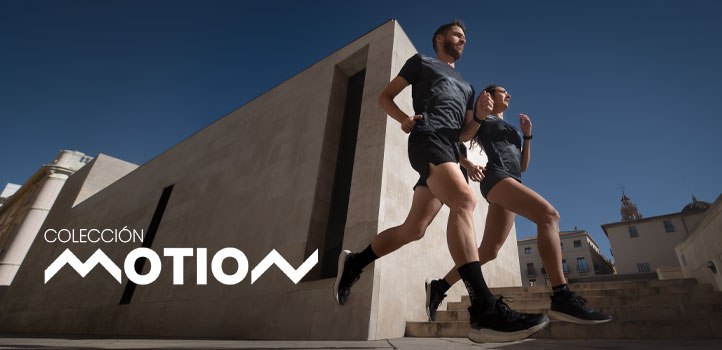








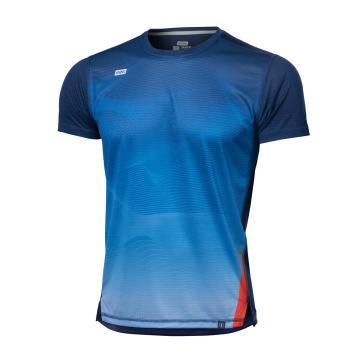
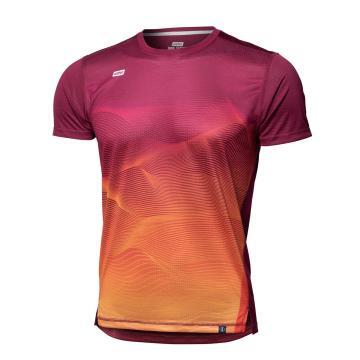
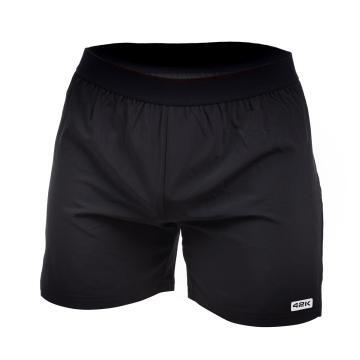
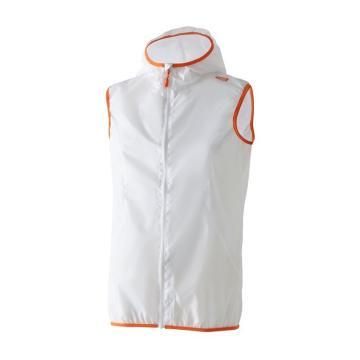
Comments
Post a first comment for this entry!